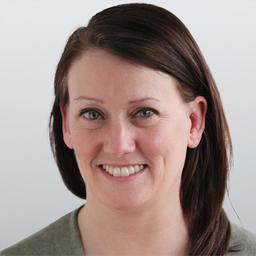Even as far as reincarnation stories go, this is an unusual one.
In the 1970s, famed reincarnation researcher Ian Stevenson encountered a woman who could fluently speak a form of Bengali spoken some 150 years earlier. Modern Bengali contains about 20 percent English loan words, Bengali Professor P. Pal told Stevenson. But this woman had long conversations with Professor Pal without using a single one. On the other hand, she used more Sanskrit words, just as Bengalis did around 1810 to 1830, the hypothesized time period of her past life.
She spoke completely fluently as though she were raised in Western Bengal, a region she had many memories of, though she had never been there in this life. She was born and raised in Nagpur, India, speaking Marathi, as well as a bit of Hindi and English.
When this woman, Uttara Huddar, was 32 years old, a new personality emerged calling itself Sharada. Huddar had not talked about remembering a past life before this point. She had a double M.A. degree in English and public administration and she was a part-time lecturer at Nagpur University until she started sharing her body with what could be called a discarnate woman.
Sharada, this new personality, could not speak or understand any of the languages Huddar could. Sharada didn’t recognize Huddar’s family or friends, and she was baffled by the many instruments invented after the Industrial Revolution. Huddar’s family didn’t know any Bengali and they were unfamiliar with the ethnic foods and other things Sharada desired.
Stevenson and his fellow researchers spent a couple of weeks investigating her story over the course of a couple years. They checked up on places she remembered in Bengal (some of them in modern-day Bangladesh). Her descriptions were accurate in terms of distance between places, geographical layout, et cetera.
She gave the full names of her family members, including her father’s name, Brajanath Chattopaydhaya. When Stevenson found a genaeology of a Chattopaydhaya family living in the region Sharada described as home, he discovered Sharada had correctly named and described her relationship with five of her family members, including her father and grandfather. These family members lived during the 19th century time frame Sharada’s accounts seemed to describe.





